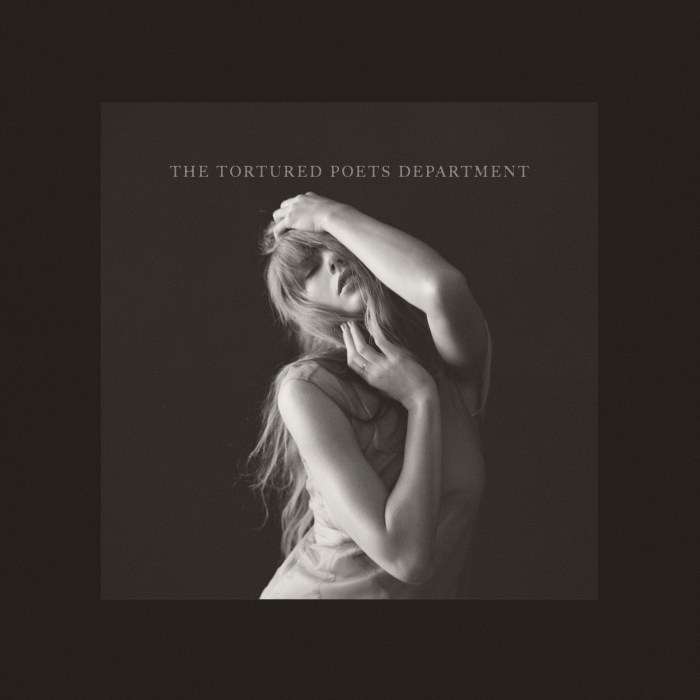By Alexander Dworkowitz
Two trees in Flushing that stood across the street from the Queens Botanical Garden have been destroyed after they were recently found to be infested with the larvae of the Asian Longhorned Beetle.
On June 19, larvae was discovered in the two trees, located just north of the Long Island Railroad tracks on the western side of College Point Boulevard.
The two trees, along with a third tree suspected of having possibly housed the larvae, were knocked down, cut into chips and incinerated, said Joe Gittleman, director of the Asian Longhorned Beetle Project for the U.S. Department of Agriculture.
To prevent further spreading of the bug, the USDA inoculated every tree that could be found, about 800 in total, in the area south of Northern Boulevard, west of Main Street, north of Booth Memorial Drive and east of the Van Wyck Expressway.
The vaccination was scheduled to be completed this week.
Thought to have been brought over in shipping crates from China, the Asian Longhorned Beetle was described two years ago as a threat to all of the Northeast’s forests by city Parks Commissioner Henry Stern.
The beetles, about 2-inches in length and bearing white spots on their black backs, burrow into tree trunks, lay their eggs and tunnel back out. The holes interfere with photosynthesis, eventually killing off the trees.
The beetles were first discovered in the city in Greenpoint, Brooklyn, in 1996. The following year the insects were found in Sunnyside and Ridgewood and sighted in 1999 in Bayside and Flushing.
Over the last five years the insects have killed more than a thousand trees in Queens.
When the beetle infestation first hit the city, officials could only prevent the spread of the insect by chopping down the trees and incinerating them.
But the USDA last year experimented with the pesticide imidacloprid, inoculating 7,600 trees in the borough.
This year the USDA stepped up its efforts, inoculating 120,000 trees in the city and Long Island and 40,000 trees in Queens.
The discovery of the beetle larvae in Flushing marked the first time the beetles were found near the Queens Botanical Garden, said Gittleman.
Larvae of the beetle had been found in Astoria in May and Sunnyside in June in locations that had been home to the beetles in previous years.
The area along the LIRR tracks off College Point Boulevard had never before been inspected for the insect, and USDA workers found signs that the beetles had lived in the tree for several years, Gittleman said.
“The inspectors reported to me that there were exit holes in the trees that indicate that there were past generations,” Gittleman said.
While Gittleman called the find “disappointing,” he said the year had thus far been a success in the fight against the beetle.
“This is the first week in July,” he said. “We haven’t seen any reports of adult beetles, which is very surprising. It could mean that the insecticide we are putting out there is killing the beetles.”
Of the 800 trees targeted in the recent round of inoculations, about 180 are on the grounds of the Queens Botanical Garden.
Jennifer Ward, director of planning, collection, education and research at the garden, said the discovery of the insects is a concern for her organization.
“We want to protect our tree collection, and we have a number of species here that are preferred by the beetle,” she said.
Reach reporter Alexander Dworkowitz by e-mail at Timesledger@aol.com or call 229-0300, Ext. 141.

































